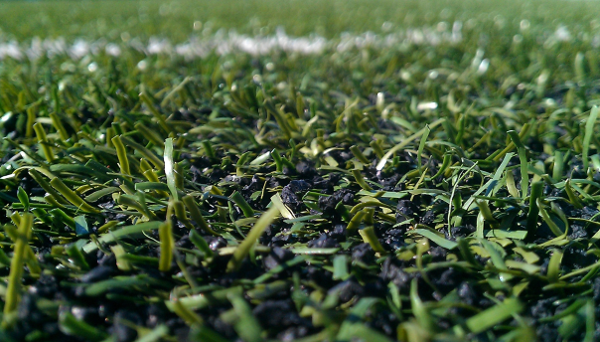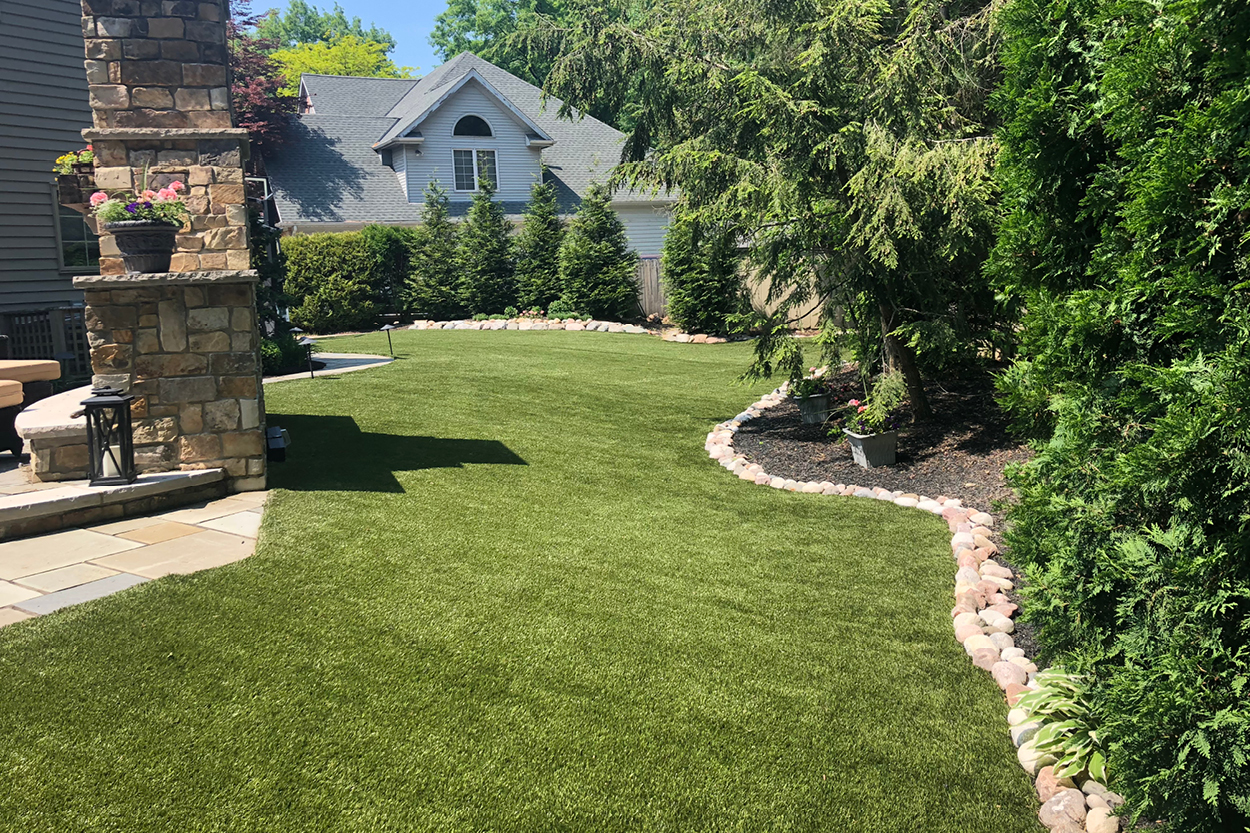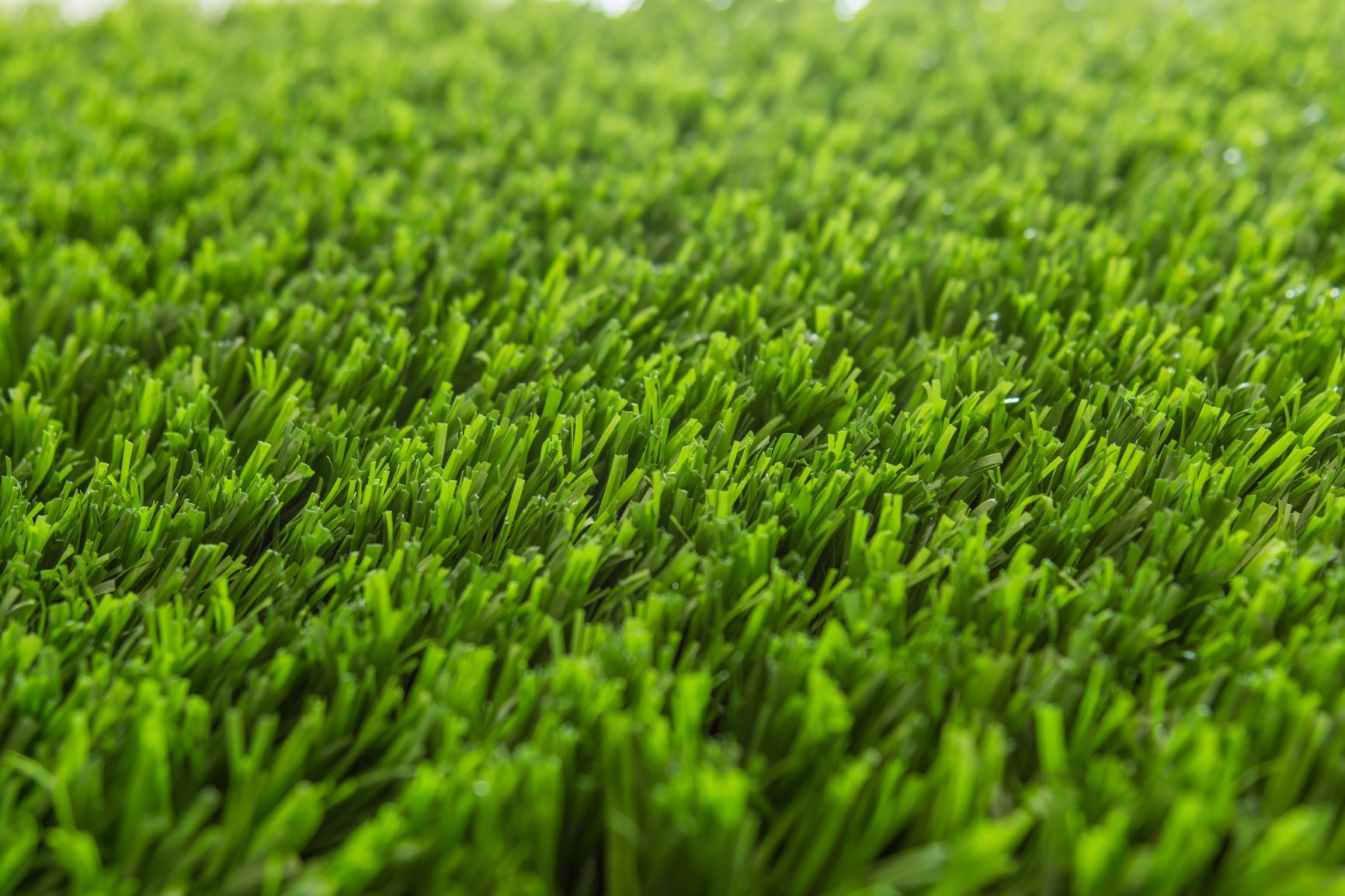Expert Arizona Turf Installation Solutions for Residential and Commercial Use
Wiki Article
Look Into the Environmental Advantages of Opting for Artificial Grass Solutions
The adoption of fabricated lawn services offers a compelling chance to attend to pressing environmental difficulties. By significantly reducing water use and minimizing the application of hazardous chemicals, these choices not just promote sustainable landscaping but likewise protect regional ecosystems. Additionally, the reduced carbon footprint related to reduced upkeep tasks adds to a much more lasting strategy to land monitoring. Nevertheless, the effects of these advantages extend past plain conservation initiatives, questioning concerning their long-lasting effect on environment conservation and total environmental equilibrium. Checking out these measurements reveals a complex interplay worth considering.Water Preservation Advantages
One of the most significant benefits of fabricated lawn is its capacity to conserve water. In comparison, artificial turf does not require watering, considerably reducing the general demand for water resources.By getting rid of the need for regular watering, synthetic grass adds to lasting landscape methods and helps alleviate the environmental influence of excessive water usage. The preservation of water prolongs to the reduction of overflow, which can lead to dirt erosion and river contamination.
In addition, the installation of artificial turf allows home owners and communities to designate water resources much more effectively, concentrating on vital uses such as alcohol consumption water and farming. The shift towards synthetic grass not just advertises liable water usage but also lines up with more comprehensive environmental objectives focused on maintaining natural sources.
As areas progressively prioritize sustainability, the water preservation advantages of fabricated grass provide a compelling instance for its fostering in residential and business landscaping tasks.
Reduced Chemical Use
The shift to synthetic grass considerably reduces the dependence on chemical treatments typically made use of in all-natural yard maintenance. Typical lawn monitoring commonly includes the application of chemicals, herbicides, and plant foods to promote growth and control insects. These chemicals can pose threats to human health and wellness, local wildlife, and the environment, contributing to dirt and water contamination.In contrast, man-made grass eliminates the need for these harmful substances. As soon as set up, it requires marginal upkeep, mainly containing normal cleansing and occasional infill replenishment. This decrease in chemical usage not just profits the immediate environment yet likewise contributes to broader ecological security. By minimizing the launch of artificial compounds into the ecosystem, synthetic grass promotes much healthier dirt and water supply.
Additionally, the lack of chemical overflow linked with synthetic grass installments aids secure local rivers from pollution, sustaining water life and keeping biodiversity. Arizona turf. As communities progressively prioritize lasting methods, going with artificial turf presents a viable remedy that lines up with environmental conservation objectives. Through this change, property proprietors can delight in rich green rooms without compromising eco-friendly health and wellness, leading the way for a much more sustainable future
Reduced Carbon Footprint

Moreover, the installation of man-made grass can lead to significant water conservation. All-natural grass call for substantial quantities of water for watering, which not only contributes to the carbon footprint connected with water extraction and treatment but additionally stress local water sources. On the other hand, artificial turf requires very little upkeep, needing no watering, therefore substantially minimizing water usage and its associated power costs.
In addition, the long life of artificial turf contributes to its reduced carbon effect. With a life expectancy of up to 15 years or even more, the demand for regular replacements is decreased, resulting this contact form in less waste and reduced energy intake in manufacturing and taking care of typical turf options. Overall, synthetic grass presents a lasting option for environmentally conscious landscape design.
Environment Preservation
Habitat preservation is a crucial factor to consider in the dispute over landscaping choices, specifically when contrasting artificial grass to all-natural yard. Natural grass lawns frequently call for considerable upkeep, consisting of using herbicides, fertilizers, and chemicals, which can detrimentally influence local ecosystems. These chemicals can leach right into the soil and rivers, hurting indigenous flora and animals and interrupting neighborhood habitats.
On the other hand, synthetic grass offers a possibility to decrease the ecological impact of company website landscaping. By choosing artificial turf, homeowners can decrease the disturbance of all-natural habitats connected with standard lawn care techniques. Synthetic grass removes the need for hazardous chemicals, thus safeguarding close-by wildlife and keeping the integrity of bordering ecosystems. Additionally, the installation of synthetic grass can cause the conversion of previous turf locations right into even more biodiverse landscapes, such as pollinator gardens or native plant areas, which can support local wildlife.
Eventually, the shift to man-made lawn not just saves water and lowers upkeep initiatives yet additionally cultivates a much more unified connection in between human activities and the all-natural setting, advertising environment conservation at the same time.
Long-Term Sustainability
Lasting sustainability is a vital consider evaluating the benefits of synthetic grass over traditional turf lawns. One of the most considerable advantages of synthetic grass is its longevity; it can last approximately 15-20 years with very little upkeep, whereas all-natural lawn calls for constant reseeding and substitute. This durability lowers the requirement for continuous sources, such as water, fertilizers, and chemicals, which are important for keeping a healthy and balanced grass lawn.Additionally, synthetic grass adds to a decrease in carbon exhausts connected with yard treatment tools. Traditional lawns commonly call for gas-powered lawn mowers, leaners, and blowers, all Discover More Here of which contribute to air contamination. Artificial turf companies phoenix. In contrast, man-made grass gets rid of the need for such devices, advertising a cleaner atmosphere
Furthermore, the manufacturing of fabricated lawn increasingly utilizes recycled materials, improving its sustainability account. As producers embrace environmentally friendly methods, the environmental impact of artificial lawn remains to decrease.

Conclusion
The fostering of artificial turf remedies provides considerable ecological advantages, including considerable water conservation, minimized reliance on unsafe chemicals, and a reduced carbon impact. Additionally, synthetic turf aids in protecting natural habitats by minimizing land disruption and advertising long-term sustainability through using durable products. Collectively, these aspects highlight the potential of synthetic grass to add favorably to environmental wellness and supply a feasible choice to standard landscape design practices in a progressively resource-conscious world.In comparison, fabricated turf does not require watering, dramatically reducing the general demand for water resources. By reducing the release of artificial compounds into the community, man-made grass advertises healthier soil and water systems.
In addition, the installation of fabricated grass can result in significant water conservation. In contrast, artificial lawn needs minimal maintenance, requiring no watering, thus substantially decreasing water use and its associated power prices.

Report this wiki page